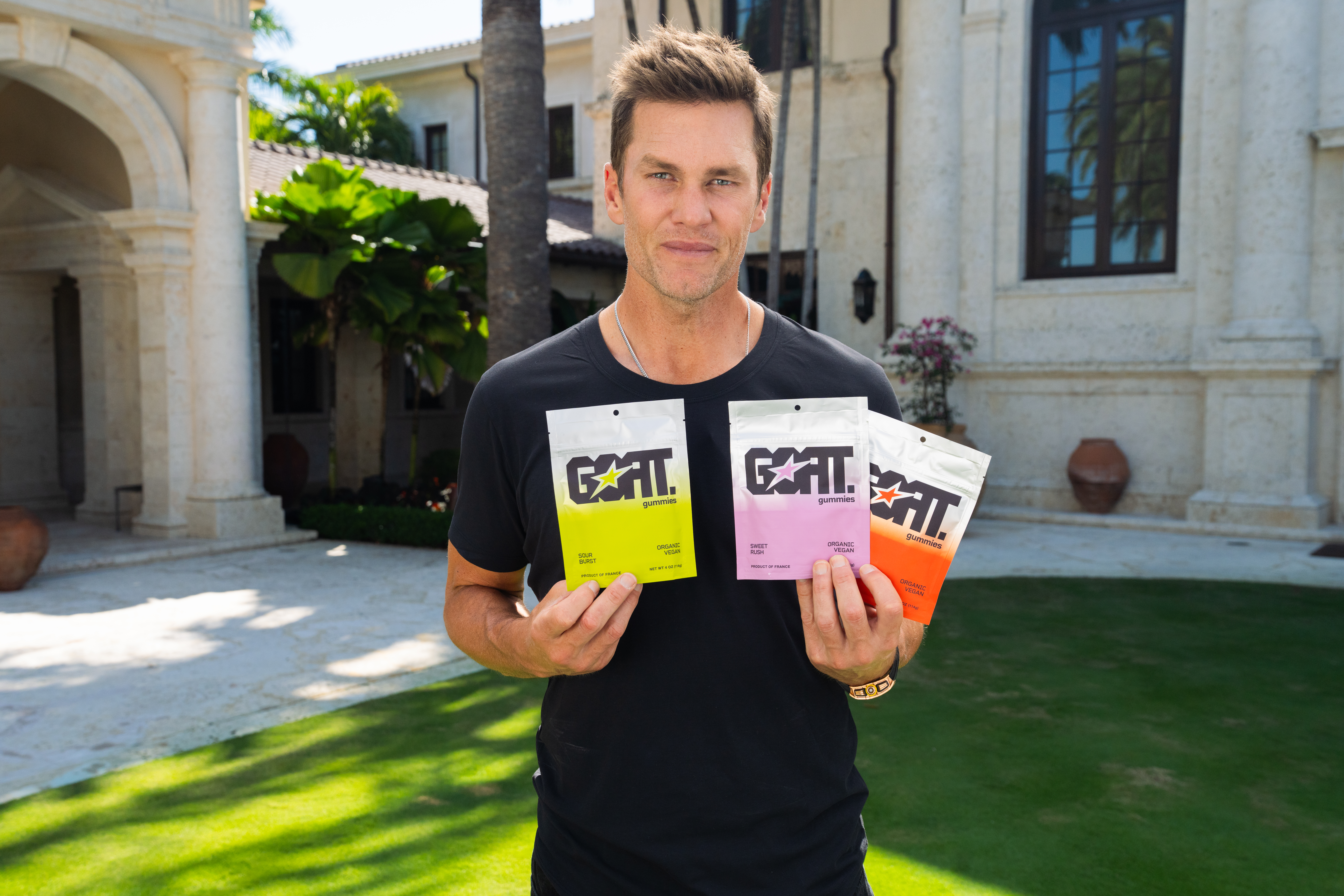
A DTC food brand called Eat Happy Kitchen, which sells no-sugar-added, organically sourced pasta sauces and spice blends, takes a strategy focused on multichannel marketing to get the message out about the product and its brand among the public.
Unlike conventional social media ads, this brand reaches its target audience wherever they are, on the platforms they utilize. This includes social media, podcasts, livestreams, and email. This is done without ever purchasing any advertising space on any platforms.
Eat Happy Kitchen’s founder and CEO Anna Vocino explained that a paradigm shift occurs when sugar and processed foods are eliminated from the diet. They prioritize products without added sugar and pay attention to food labels as a result. By educating and building trust through podcasts, she creates a devoted following that relies on her for advice. She emphasized that she develops her food products with her audience in mind, but also aims to appeal to food enthusiasts who care about quality, even if they aren’t familiar with her work.
“I’ve built a personal brand as someone my audience can trust instead of a brand based on a [faceless product],” she said. “I don’t know if I’ll get to a place where I can take a step back from being the face of a brand, but for now, I’m enjoying creating the content and connecting with my audience.”
Multichannel Marketing Strategy
Eat Happy Kitchen was launched after a cookbook fan and food manufacturer approached Vocino to collaborate on her marinara sauce after losing weight cooking from her books. She mentioned on her podcast that she wanted to create products. She asked him if everyone didn’t make marinara from scratch. In their partnership, they stipulated that the sauce had to use the highest quality ingredients and taste as if it was homemade.
Vocino employs a comprehensive marketing strategy for Eat Happy Kitchen, utilizing a mix of long-form and short-form content to engage her audience. She leverages podcasting, livestreams, cooking demos, cookbooks, and her Substack recipe newsletter to provide in-depth information and connect deeply with her followers.
To drive traffic to these substantial pieces of content, she uses short-form social media platforms such as Instagram, TikTok, YouTube Shorts, and X. This multifaceted approach ensures she reaches a broad audience, guiding them from brief, engaging snippets to more detailed and informative content, thereby building a loyal and informed customer base.
Developing Organic Trust, Growth, and Engagement With Audiences
Vocino hopes that Eat Happy Kitchen’s content strategy will continue to grow brand awareness through the upcoming launch of a new cookbook this fall, the introduction of new spice blends, and efforts to get their pasta sauces into more grocery stores (currently available in about 320 retail locations). The goal is to stay ahead of algorithmic changes to reach as many target audience members as possible.
As explained by Vocino, Eat Happy Kitchen does not advertise through paid channels. Instead, the company uses an organic approach, which has allowed the company to grow 100% year-over-year since 2020, and by 200% in one year.
“I help regular people get a yummy dinner on the table quickly for their families, so my strategy is to help as many people as possible. This builds trust and word of mouth, and we’ve only just scratched the surface,” said Vocino.
Vocino acknowledges that managing social media can be overwhelming, and she has taken breaks from it at times. However, she recognizes that not engaging with her audience and failing to respond to comments and direct messages leads to decreased engagement and sales. Similarly, neglecting to send regular emails to her audience to check in, promote products, and share new recipes results in a decline in sales.
Eat Happy Kitchen relies heavily on email marketing to maintain and grow its audience. It is imperative to maintain consistent communication with new audience members gained through social media efforts. The brand also has an in-house social media manager and also a producer to help with the content strategy.
“We live in such a fractured time—fractured attention spans, fractured algorithms, fractured results,” she said. “It [can] be overwhelming.”





